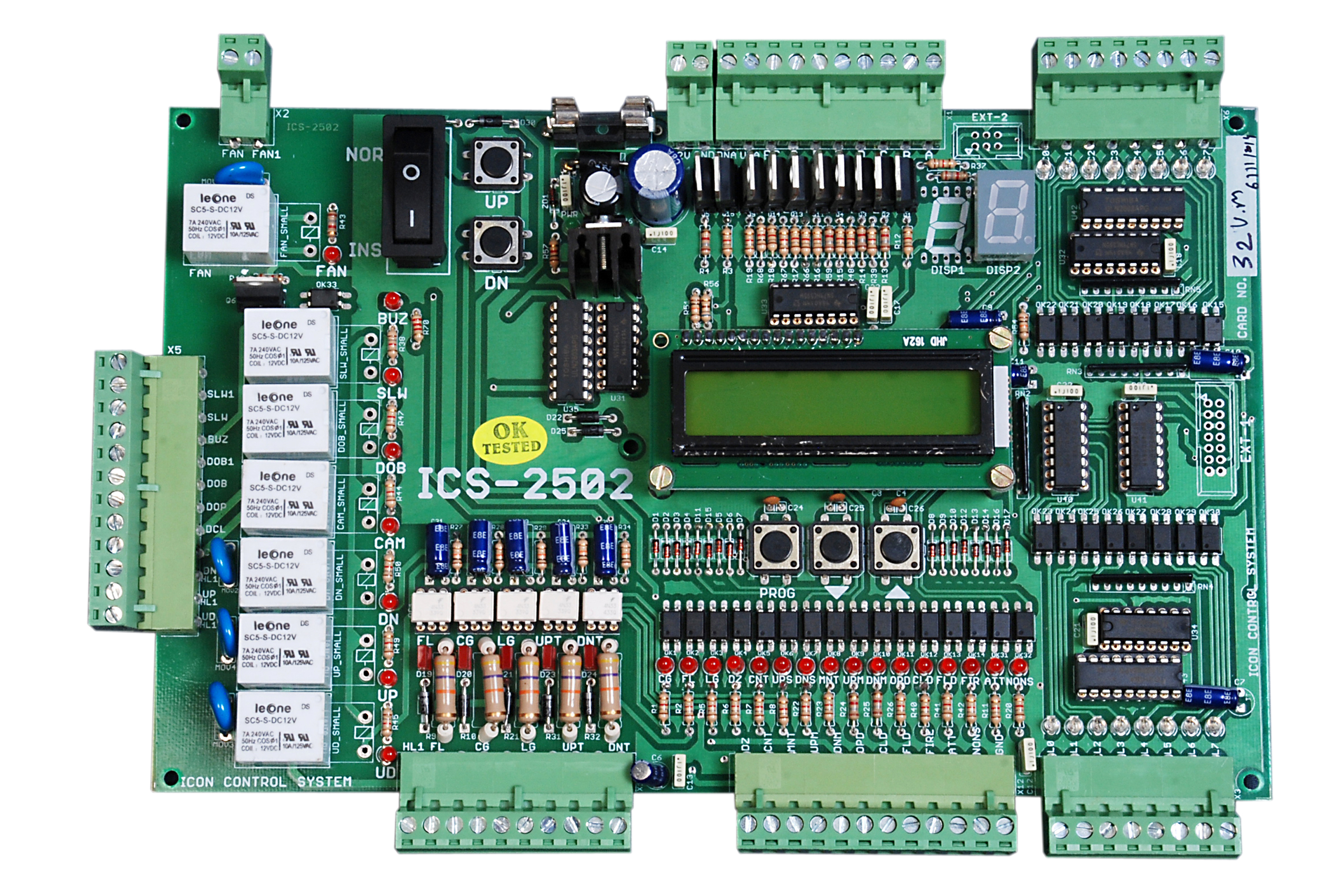Heavy lifting is a common task in various industries, including construction, manufacturing, and logistics. However, the manual effort required for lifting heavy objects can be time-consuming, physically demanding, and even dangerous. That's where hydraulic lift components come into play, offering a powerful and efficient solution for heavy lifting.
Hydraulic lift mechanism parts are based on the principle of Pascal's law, which states that when pressure is applied to a fluid in a closed system, it is transmitted equally in all directions. This principle allows hydraulic lift components to generate massive force with minimal input effort.
The core of a hydraulic lift system is the hydraulic cylinder. This component consists of a cylinder barrel, a piston, and a piston rod. When pressure is applied to the fluid inside the cylinder, it pushes the piston, which in turn extends the piston rod. The force generated by the hydraulic cylinder can be used to lift heavy loads effortlessly.

Image Source- Google
Another crucial component of the hydraulic lift system is the hydraulic pump. This device is responsible for creating the necessary pressure to activate the hydraulic cylinder. The pump takes in fluid from a reservoir and pressurizes it before sending it to the cylinder. There are different types of hydraulic pumps, including gear pumps, vane pumps, and piston pumps, each offering specific advantages depending on the application.
Hydraulic lift systems also require control valves to regulate the flow of fluid and control the speed and direction of the lifting operation. These valves allow operators to precisely control the lifting process and ensure safety and efficiency. Common types of hydraulic valves include pressure control valves, flow control valves, and direction control valves.
In addition to the core components, hydraulic lift systems may include other components such as hydraulic hoses, filters, and connectors. These parts provide the necessary infrastructure for the smooth operation of the system.
The benefits of hydraulic lift components for heavy lifting are numerous. First and foremost, they provide a significant increase in lifting capacity compared to manual methods. Hydraulic systems can generate massive amounts of force, allowing for the lifting of heavy loads that would be impossible for humans alone. This increase in capacity translates into improved productivity and efficiency in various industries.
Furthermore, hydraulic lift systems offer precise control over the lifting process. Operators can easily adjust the speed and direction of the lift, ensuring safe and accurate maneuvers. This level of control reduces the risk of accidents and damage to the lifted objects.
Hydraulic lift components are also known for their durability and reliability. When properly maintained, hydraulic systems can operate smoothly for extended periods without failure. This reliability is crucial in industries where downtime can be costly and disruptive.
